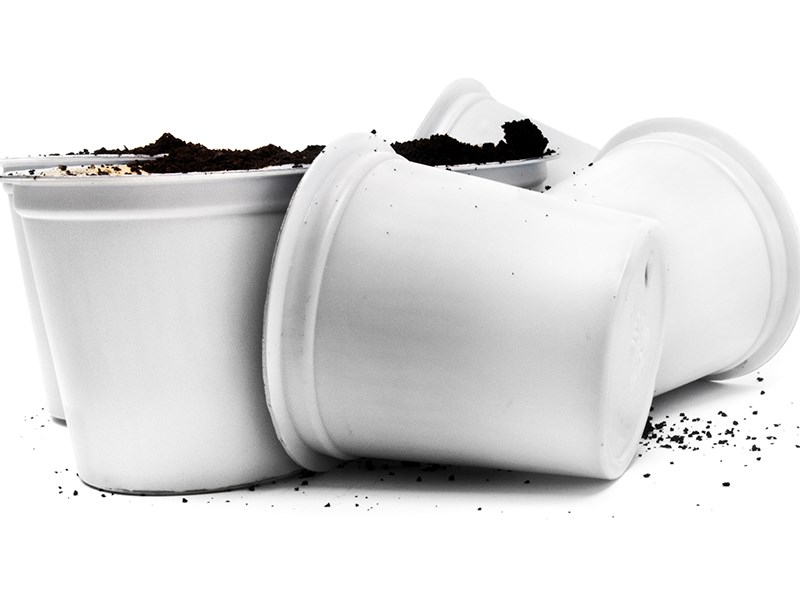Just when we could barely stand the thought of preparing the coffee machine for tomorrow morning’s java, the single-serve coffee pod arrived on scene to save the day.
Convenient, catered to individual tastes, and tidy, it quickly became a global sensation. Now, it is estimated that coffee lovers consume 9.6 billion K-Cups annually.
It is somewhat shocking, then, that the inventor, John Sylvan, regrets ever having invented them in the first place. And just why is that?
For one, they are heavily packaged and often not recycled, despite claims they can be. Sylvan also never imagined them being used in homes, either. He thought of them for use in offices where everyone has a different schedule and different coffee tastes. Sylvan himself does not even own a coffee-pod machine.
Originally, K-Cups were not recyclable at all, as the parts, made of different materials, were fused together. Now, there are other coffee-pod brands highlighting that their products are recyclable or compostable when broken down.
If disassembled properly, a single-serving coffee brew cup has three parts: non-recyclable laminate plastic or recyclable metal lid; compostable coffee grinds and paper filter; and the (sometimes) recyclable or (sometimes) compostable plastic cup. Anyone who is confused is not alone, and where there is confusion there is waste.
Let’s be honest, how many people pursuing convenience will take the time to break a pod down and figure out which parts are recyclable or compostable where they live?
Luckily, alternatives to coffee pods are everywhere we look. Less wasteful options for brewing at home efficiently and cheaply are easily accessible. There is the old-school plug-in percolator, the modern AeroPress, the classic French press, the simple pour-over, the fancy espresso machine, and more (many of which can produce a caffeine hit without breaking the bank). Debates between coffee “scientists” about which method brews the best cup of coffee can keep coffee drinkers up later than drinking an espresso at midnight.
For even more waste reduction, replace single-use paper filters with reusable metal ones, and buy coffee beans in larger quantities for less packaging and sticker shock.
If brewing at home does not fit your lifestyle, getting a coffee-to-go could. Remember to pack a reusable, spill-proof coffee mug before sleepily heading out the door.
With a little planning, anyone can end up at their destination with a still-hot, unspilled, personalized gourmet drink.
Let’s Talk Trash is Powell River Regional District’s waste-reduction education program. Find out more at [email protected].



